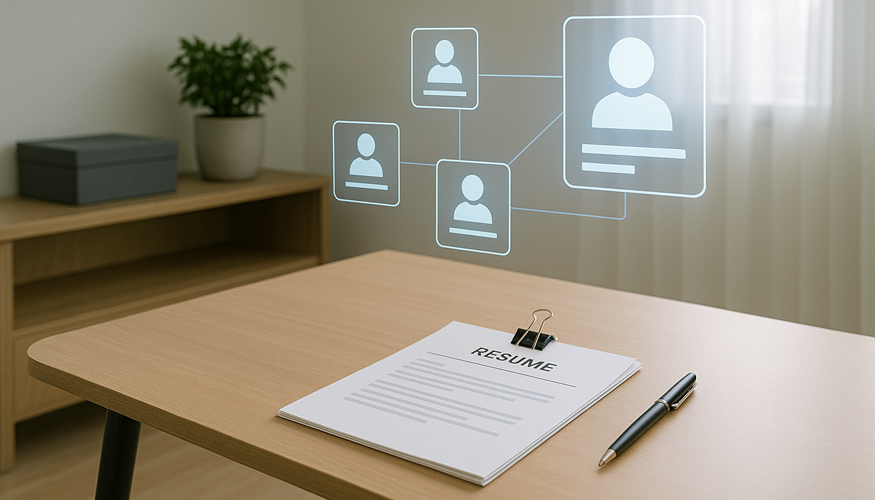Table of Contents
- What Are AI Agents in Hiring?
- Benefits of AI Agents in Hiring for Recruiters
- Why Agentic AI in the ATS Matters
- Key Use Cases for Staffing and Recruitment Agencies
- AI Agents vs. Chatbots: A Clear Difference
- Best AI Integrations for Staffing ATS Platforms
- How to Automate Candidate Engagement in ATS Workflows
- The Future of AI in Hiring
- See AI Agents in Action
Try Whippy for Your Team
Experience how fast, automated communication drives growth.
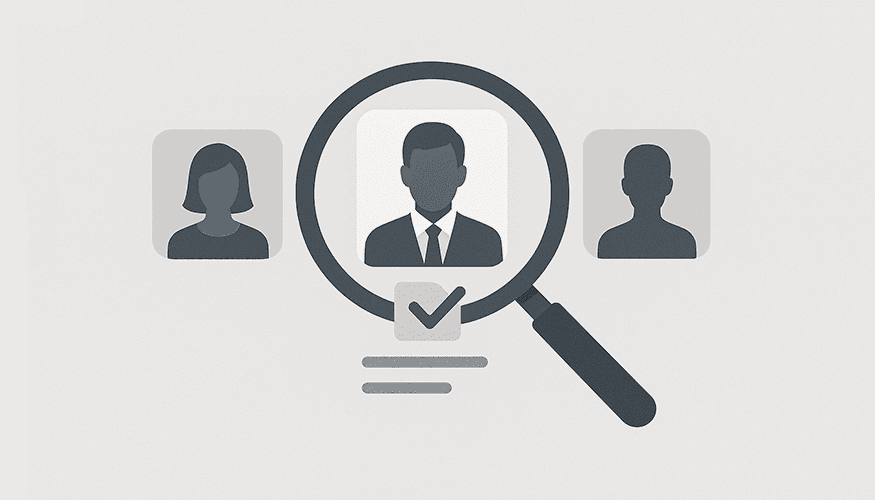
The hiring landscape is evolving faster than ever. Staffing firms and recruitment agencies that depend on an ATS (applicant tracking system) are now turning to AI agents in hiring to supercharge recruiter performance. Instead of replacing people, these intelligent systems extend recruiter capabilities—working around the clock to create faster, more consistent, and more personalized hiring experiences.
Unlike traditional automation or scripted bots, AI agents for ATS users act as autonomous, context-aware assistants that handle the repetitive but essential parts of recruiting. They automate candidate engagement automation processes—handling personalized follow-ups, interview scheduling, and real-time record updates.
By seamlessly syncing with platforms like Avionté↗, Crelate↗, or Bullhorn↗, these AI recruiter agents function as a 24/7 recruiting assistant—ensuring that every candidate is acknowledged instantly, every message is on-brand, and every recruiter has time to focus on what truly matters—building relationships and closing great hires. The result is a smarter, 24/7 recruiting workflow that boosts responsiveness, consistency, and overall recruiter productivity.
What Are AI Agents in Hiring?
AI agents in hiring are intelligent recruiting assistants that work within or alongside an organization’s AI applicant tracking system (ATS) to streamline every part of the recruitment process. Unlike traditional automation tools that simply execute predefined tasks, these agents are autonomous, context-aware, and adaptive, capable of understanding intent, interpreting context, and taking initiative in recruiter workflows.
Built on large language models (LLMs) and machine learning, AI agents go beyond routine automation by reasoning, learning, and optimizing over time. They can analyze recruiter behavior, detect patterns, and adjust their approach to improve collaboration across recruiters and hiring teams, optimizing both candidate engagement and hiring outcomes.
Instead of merely responding to commands, they anticipate recruiter needs, personalize communication, and maintain alignment with compliance and brand voice.
Because they continuously evolve through real-time feedback, AI agents act as dynamic partners for recruiters—balancing automation with empathy. They interpret candidate sentiment, mirror recruiter tone across messages, and record structured data directly in the ATS to create a transparent and auditable process.
For staffing firms and AI for recruitment agencies, this translates into faster decisions, fewer manual steps, and a seamless blend of human insight and intelligent automation that elevates the entire recruiting experience.
Benefits of AI Agents in Hiring for Recruiters
For staffing firms and recruitment agencies managing hundreds or thousands of candidates at a time, high-volume hiring automation powered by AI hiring software goes far beyond efficiency—helping teams operate faster, more compliantly, and with greater focus on high-value work.
1. Always-On Recruiting Power
With AI automation for staffing firms, candidate communication never stops. The system instantly acknowledges new applicants, answers FAQs, and gathers screening data—even outside business hours. This ensures candidates stay engaged and informed, while recruiters wake up to organized pipelines and actionable insights.
2. Faster Speed-to-Lead Conversion
In staffing, seconds matter. AI recruiter agents initiate contact with new applicants the moment they apply, eliminating lag and ensuring no candidate slips through the cracks. By accelerating early engagement, recruiters reach top talent before competitors do—improving both conversion rates and client satisfaction.
3. Enhanced Recruiter Productivity and Focus
By automating repetitive outreach, data entry, and follow-up tasks, AI recruiter workflow and recruiter productivity tools free recruiters to focus on relationship-building, interviewing, and placements. Recruiters spend less time on administration and more time delivering value to clients and candidates alike.
4. Stronger Candidate Experience
Modern job seekers expect transparency and speed. AI hiring tools for staffing companies deliver consistent, timely updates and maintain a professional tone throughout every stage of the process. The result is an engaging, personalized experience that builds trust and reinforces your agency’s reputation.
5. Compliance and Bias Reduction
Every interaction is automatically logged, creating an auditable trail that supports compliance & regulation standards and diversity initiatives. By following standardized evaluation criteria, these systems help reduce unconscious bias while ensuring equal opportunity screening—an essential capability for any AI-driven recruitment agency.
In essence, AI agents don’t replace recruiters—they empower them.
Through intelligent automation and seamless human-AI collaboration, recruiters can manage higher volumes, deliver consistent candidate experiences, and meet aggressive hiring goals without burnout. The outcome is a scalable, data-driven decision-making model that turns every recruiter into a high-performing strategist.
How AI Agents in Hiring Work with ATS
To understand how AI agents in hiring work with ATS, consider how these systems connect automation, compliance, and communication directly inside the recruiter’s workspace. They read and write data in real time, keeping candidate interactions, screening, and scoring perfectly in sync.
Why Agentic AI in the ATS Matters
Most automation in recruiting has always followed a simple rule: execute what it’s told. Traditional systems can trigger messages or update records, but they lack reasoning—the ability to interpret context, learn from recruiter behavior, and decide what to do next. Agentic AI changes that dynamic entirely.
Unlike conventional automation, agentic systems demonstrate initiative. They don’t just wait for recruiter commands—they understand objectives and act on them intelligently. For example, when a qualified candidate replies after hours, the agent can interpret tone, confirm interest, and schedule the next step without human input. If a candidate shows hesitation, it can adjust messaging automatically or alert a recruiter to intervene. This is more than efficiency—it’s collaboration in motion.
For recruiters, the benefit is profound. Instead of managing repetitive interactions or monitoring every conversation, they gain a system that thinks alongside them. Agentic AI analyzes context, predicts candidate intent, and updates records in real time—helping recruiters and hiring managers make faster, better-aligned decisions—improving accuracy and responsiveness through continuous learning / adaptation while ensuring compliance and consistency. It effectively becomes a digital partner—proactive, adaptive, and aligned with business outcomes.
This shift transforms staffing firms into intelligent ecosystems where recruiters and technology share responsibility. The result isn’t just faster placements—it’s better-quality matches, improved candidate experiences, and richer data insights that drive continuous optimization. In a competitive market where speed and personalization define success, agentic AI gives recruiters an edge that scales with every interaction.
Key Use Cases for Staffing and Recruitment Agencies
Modern staffing and recruitment teams face constant pressure to balance speed, accuracy, and candidate experience at scale. By integrating AI agents in hiring directly within their ATS, agencies transform rigid workflows into adaptive, intelligent systems through recruitment automation with AI—creating processes that operate continuously and learn over time. These capabilities are reshaping how staffing firms attract and engage talent in real time.
1. Recruiter Workflow Automation
Recruiters spend a large portion of their day managing follow-ups, sending reminders, and logging communication. With AI recruitment automation for staffing, these repetitive steps become fully autonomous. Agents manage outreach across SMS, email, and chat, perform candidate screening automatically, schedule interviews, and sync every update back into the ATS. This centralized approach eliminates manual errors, maintains consistency, and enhances staffing communication automation, allowing recruiters to focus on strategic activities like client management and high-value placements.
For example, modern AI recruiting platforms allow recruiters to trigger outreach campaigns, track engagement, and hand off qualified candidates—all within a single workspace. This level of automation delivers measurable gains in both recruiter productivity and candidate response rates.
2. Candidate Sourcing and Matching
Finding qualified candidates quickly remains one of the biggest challenges in staffing. Candidate sourcing with AI has become essential to overcoming that challenge. AI sourcing and screening tools within the ATS analyze job descriptions, historical placements, and recruiter notes to surface the most relevant candidates automatically. By combining pattern recognition and contextual understanding, AI talent acquisition tools help agencies fill roles faster and more accurately than manual searches.
This process also improves candidate experience. When outreach is timely and personalized, candidates feel seen and valued—driving higher engagement and response rates throughout the hiring process.
3. Talent Acquisition Automation
End-to-end talent acquisition automation extends beyond sourcing or communication. It includes continuous AI screening and scoring, predictive analytics, and workflow optimization that supports every stage from first contact to final placement. Recruiters gain real-time visibility into their entire talent pipeline, allowing them to prioritize candidates dynamically and measure conversion efficiency across campaigns.
For staffing leaders, this level of automation provides more than operational savings—it delivers predictability. Agencies can scale operations without expanding headcount, forecast time-to-fill, and maintain service quality across every client account.
In short: AI agents don’t just automate recruitment; they orchestrate it—powering modern staffing automation software that connects sourcing, engagement, and workflow management. By unifying sourcing, engagement, and workflow management, staffing firms gain a competitive edge—operating with precision, speed, and a level of consistency that traditional systems can’t match.
AI Agents vs. Chatbots: A Clear Difference
While many people use the terms interchangeably, AI agents and chatbots serve fundamentally different purposes in recruiting. For modern staffing firms, AI agents serve as the true recruiter chatbot alternative—offering intelligent conversation, context understanding, and workflow integration that scripted bots can’t match. Chatbots are rule-based—they follow scripts, react to specific triggers, and provide limited responses. They can confirm receipt of an application or answer basic questions, but their logic ends where nuance begins.
AI agents, by contrast, are autonomous, context-aware systems powered by large language models (LLMs). They understand recruiter intent, interpret tone, and learn continuously from each interaction. Instead of just responding, they reason—knowing when to follow up, when to adjust tone, and when to alert a recruiter for human intervention.
In practice, a chatbot might simply confirm an interview time, while an AI agent identifies candidate hesitation, offers reassurance, and automatically sends a personalized reminder. This blend of automation and empathy is what defines the next generation of conversational AI recruiters—tools that engage like humans but scale like software.
The distinction is critical for staffing firms and recruitment agencies choosing technology. Chatbots streamline single interactions; AI agents orchestrate entire hiring workflows, bridging automation and authentic human connection. In the discussion of AI recruiter vs chatbot, the difference comes down to intelligence and intent—where chatbots automate replies, AI recruiters automate understanding.
Best AI Integrations for Staffing ATS Platforms
For staffing firms, choosing the right AI hiring integration tools is one of the most critical steps in ATS integration for recruitment and building a scalable automation strategy. The best integrations extend the recruiter’s daily workflow—not replace it—creating a seamless connection between communication, compliance, and candidate management.
Below are the key factors to evaluate when selecting an AI solution for your ATS integration for staffing firms:
- Compatibility — Ensure the platform integrates smoothly with your existing ATS, such as Bullhorn, Avionté, or Crelate.
Many firms now focus on integrating AI agents with Avionté or Crelate to maximize automation efficiency and recruiter productivity across every workflow. - Security & Compliance — Look for systems with end-to-end encryption and data governance that meet industry and regional regulations.
- Configurable Workflows — Choose platforms that let you adapt automation logic, message templates, and engagement triggers to fit your team’s unique process.
- Multi-Platform Connectivity — Prioritize tools that also support recruiting CRM integrations and sourcing extensions to unify your full tech stack.
- Performance & Results — Validate proven gains in recruiting process efficiency, talent matching, and overall speed-to-hire before deployment.
Leading AI recruiter workflow integrations, such as those available for Bullhorn and other major ATS platforms, exemplify how modern staffing technology should perform—combining autonomy, transparency, and adaptability in a single environment.
The right integration doesn’t just connect tools; it connects outcomes. It transforms fragmented processes into a cohesive staffing agency technology stack, giving recruiters the power to engage faster, operate smarter, and scale confidently across every client and job order. Ultimately, the most effective AI recruiter solutions unify people, data, and automation into one seamless experience.
How to Automate Candidate Engagement in ATS Workflows
Implementing AI recruiting platforms within your applicant tracking system isn’t just about efficiency—it’s about creating a continuous, intelligent workflow that nurtures candidates while freeing recruiters from manual processes. The key is to build automation that complements human decision-making rather than replacing it. Here’s how forward-thinking staffing teams can get started.
First, connect your ATS integration securely. The foundation of every successful automation strategy is real-time data access. When your AI hiring assistant can read and write to the ATS, it ensures that all interactions—messages, notes, and candidate progress—stay synchronized and auditable. Platforms like the Avionté AI recruiter or the Crelate AI recruiter already support seamless two-way syncing, making it easy for teams to start small and scale automation as confidence grows.
Next, define your recruiter workflow AI tools. Clarify what tasks will remain human-led and which can be automated. For most staffing agencies, the initial focus includes automated outreach, screening, and interview scheduling. Recruiters can still guide tone, timing, and messaging to reflect company culture while allowing the system to handle repetitive tasks.
Then, enable automated outreach across multiple communication channels. By combining templates, compliance rules, and personalization settings, recruiters ensure that every candidate receives fast, accurate, and brand-aligned messages. This balance between automation and empathy is where leading AI recruiting platforms deliver their greatest value—providing speed without losing the human touch.
Once live, deploy human oversight to monitor performance through unified dashboards. Recruiters can review candidate interactions, adjust workflows, and approve next steps as needed. This level of supervision builds trust in automation and ensures accountability.
Finally, iterate and learn continuously. Over time, the system refines itself using generative AI and machine learning feedback loops. Each campaign produces valuable insights—conversion rates, time-to-respond, candidate satisfaction scores—that inform smarter, faster hiring decisions.
With this roadmap, staffing firms achieve measurable gains in recruiting automation software performance, from higher reply rates to shorter hiring cycles. The result is a recruitment process that feels personal, precise, and scalable—powered by autonomous AI agents recruitment models that operate in harmony with human recruiters.
The Future of AI in Hiring
Imagine logging into your ATS and being greeted not just by dashboards, but by an intelligent recruiting partner that already knows which roles are falling behind, which candidates are most likely to accept offers, and which outreach messages yield the best engagement. These capabilities—once futuristic—are rapidly becoming the new normal as agentic and autonomous systems reshape hiring operations.
Tomorrow’s AI hiring assistants will anticipate recruiter needs, make real-time recommendations, and even forecast time-to-fill and offer acceptance rates with astonishing precision. By combining predictive analytics, generative AI, and recruiter feedback loops, they’ll help agencies operate with insight rather than instinct.
Candidates will experience smoother, more transparent communication—personalized to their tone, history, and preferred channel. Recruiters, in turn, will spend less time managing tasks and more time building genuine relationships with top talent.
As human-AI collaboration becomes the industry standard, the firms that embrace intelligent automation now will lead the market in efficiency, compliance, and candidate experience—transforming hiring from a reactive process into a predictive, human-centered partnership.
See AI Agents in Action
The future of staffing isn’t coming—it’s already here. For firms using platforms like Avionté, Crelate, or Bullhorn, integrating an AI hiring assistant means turning the ATS into a living, responsive system that works around the clock. From sourcing and outreach to candidate scoring and interview scheduling, the entire process becomes fluid, accurate, and scalable.
Whippy helps staffing firms move beyond traditional automation into intelligent, recruiter-first solutions that boost speed, accuracy, and engagement. With unified workflows, compliance-ready templates, and intuitive dashboards, recruiters can build genuine relationships while letting the technology handle the logistics.
Experience how AI-driven recruiting workflows transform candidate communication, screening accuracy, and recruiter productivity.
Request a Free Demo↗ and see how your team can evolve from manual hiring tasks to a truly intelligent, automated recruiting engine—powered by Whippy’s next-generation tools and expertise.
Table of Contents
Table of Contents
- What Are AI Agents in Hiring?
- Benefits of AI Agents in Hiring for Recruiters
- Why Agentic AI in the ATS Matters
- Key Use Cases for Staffing and Recruitment Agencies
- AI Agents vs. Chatbots: A Clear Difference
- Best AI Integrations for Staffing ATS Platforms
- How to Automate Candidate Engagement in ATS Workflows
- The Future of AI in Hiring
- See AI Agents in Action
Try Whippy for Your Team
Experience how fast, automated communication drives growth.
Related Articles

Best AI Therapist Answering Service
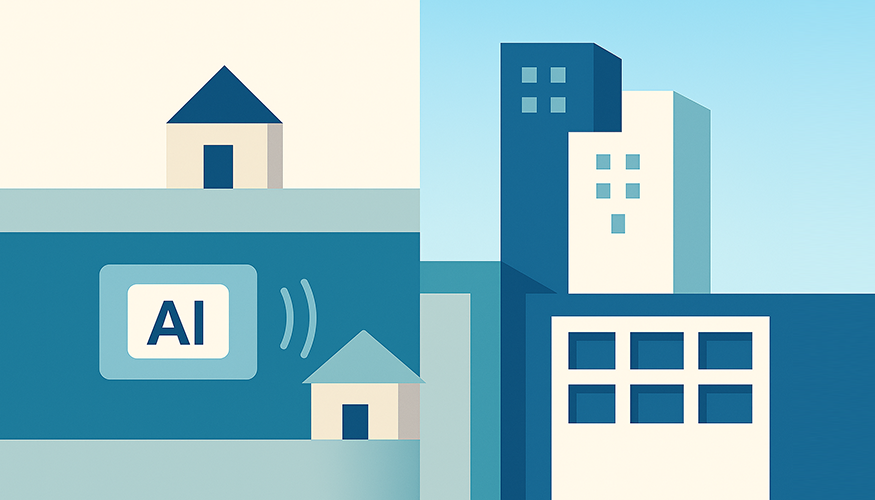
Answering Service for Real Estate Investors – AI 24/7
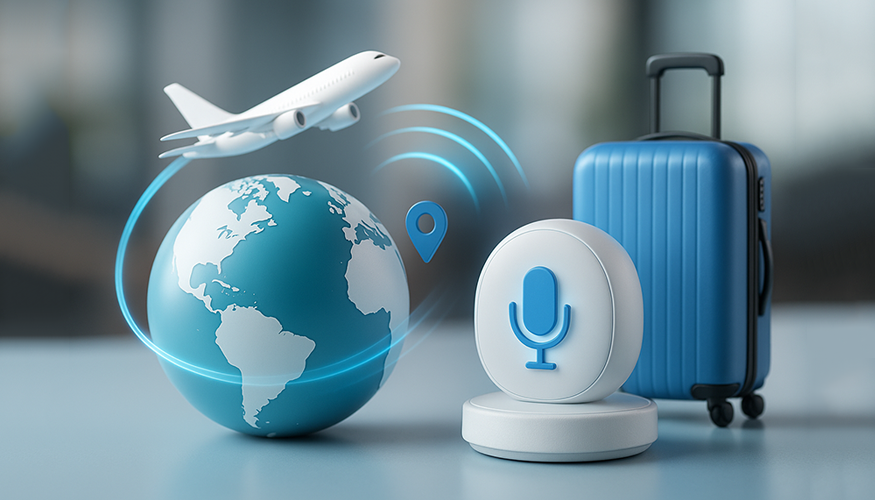
AI Voice Agent for Travel Agencies
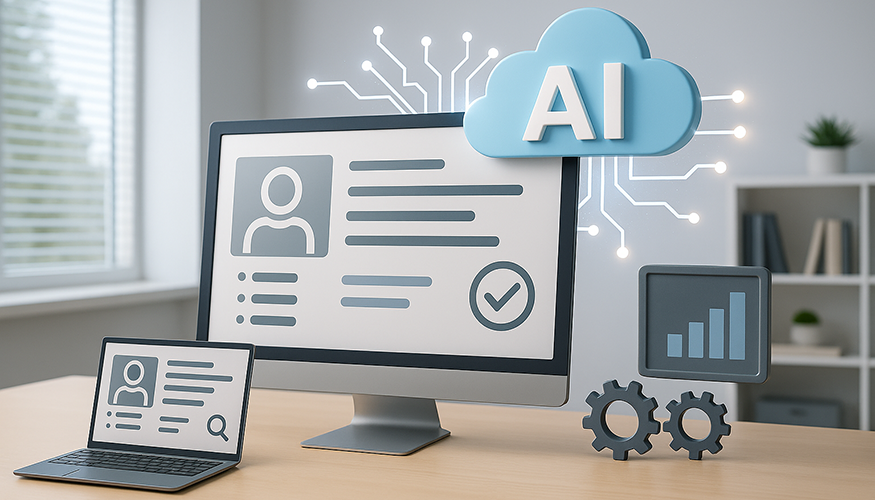
AI Agent for Recruiting: Hire Faster
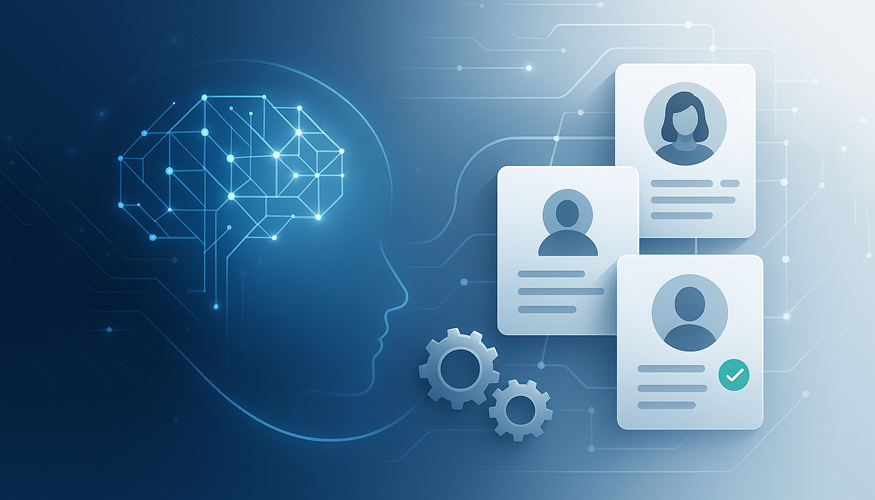
Enterprise Staffing Solutions with AI Automation
